This isn’t the news anyone wants. A gerbil with a scent gland tumour (or SGT) is unfortunately a common sight in gerbil circles; they are annoyingly common in the fancy.
A scent gland tumour though, at least, isn’t like other ‘tumours’ and won’t end up spreading and causing health issues elsewhere in the body. That has got to be the only one good thing about them.
Scent gland tumours are most likely to be found in older males due to their role in society of having to mark their territory all the time on absolutely everything, from smooth stones, fluffy tank mates, chewed wooden toys and bars of tank toppers or cages, or in the case below – just a cardboard box will do.
They just can’t help themselves.
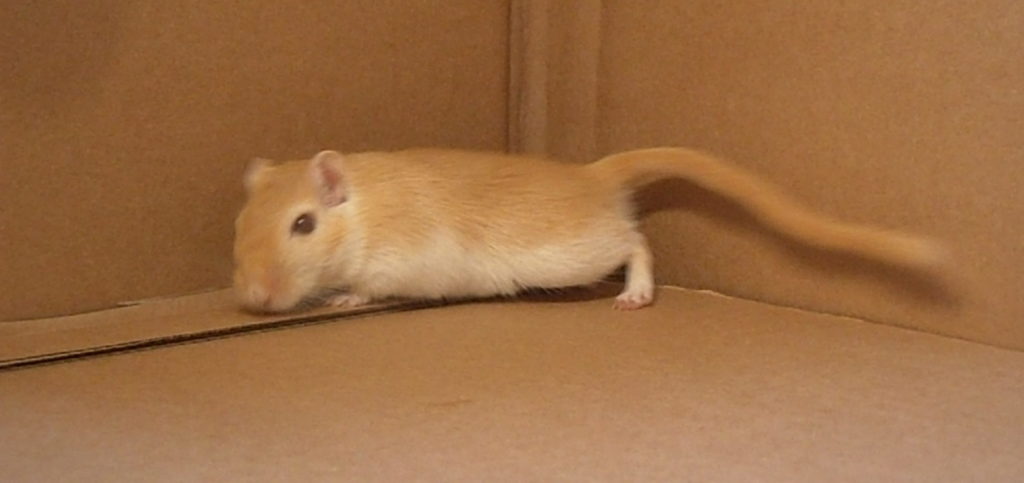
It is this prominence of the scent gland in males that is most likely the reason that dominant male gerbils seem to get the most tumours in the population. However, single males and some dominant females can get them too, so these tumours aren’t fussy.
What does a gerbil scent gland tumour look like?
When they first start, a tumour can look just like a tiny pimple or red dot on the scent gland itself.
The tumour may have been growing on the inside of the scent gland for some times before you see it, but unless you look at their tummies all the time quite closely, by the time you see it, it may well be more like a wart, or could even be bleeding already – just like the main image for this article.
The scent gland itself can be a dirty yellow or orange in colour – this isn’t part of the tumour – this is natural – and often the tumour starts at the top of the scent gland. This growth will usually be much smoother than the surrounding scent gland tissue (which usually is a bit rough) and this pimple/wart/tumour will most likely be a different colour – usually gray, pink or red – possibly even with bits of black on it.
Initially, these tumours develop inside the gland itself and gradually increase in size, eventually hitting the surface. This growth can be really gradual and some tumours will grow really slowly over many many months. Or, they can grow rapidly in size once they break the skin and you first see them – becoming cumbersome and irritating to your gerbil in just a few months.
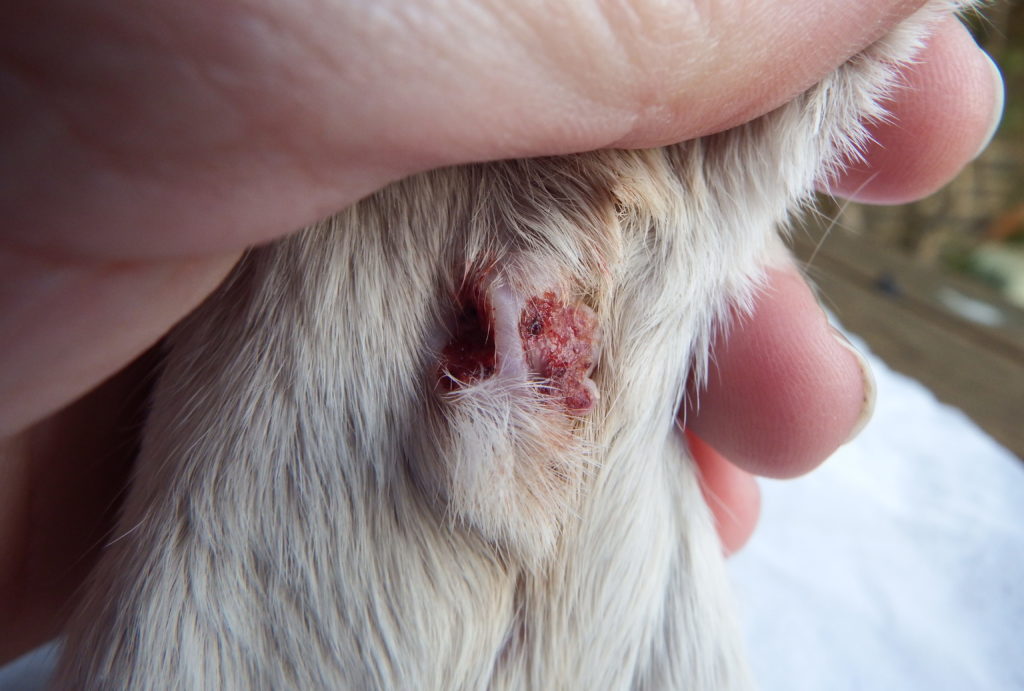
What can I do if I think I spot a scent gland tumour on my gerbil?
Any growth, pimple, lump or scab on the scent gland should be assumed to be a tumour, only time will tell. If after a few months, whatever it was you saw has gone and the scent gland is its usual self again, it was just an injury – a temporary blip.
Phew.
However, if it is a tumour, it will never go away and it will never get smaller. And once the skin is broken on it (from more scent marking, scratching or chewing at it) it will almost certainly never heal properly or stay dry for any length of time.
This is where you need to start looking at your options.
Option 1: Have surgery
This will remove the tumour completely – and possibly the whole scent gland leaving nothing behind that could cause another scent gland tumour. And the sooner the better.
There is always a risk with surgery on small animals – or any animal really – even if they appear in perfect health, so it is true that you could lose your gerbil during, or soon, after surgery.
Gerbils do heal really well though, and bounce back like you won’t believe, so if successful, they will be back to normal in less than two shakes of a gerbil’s tail!
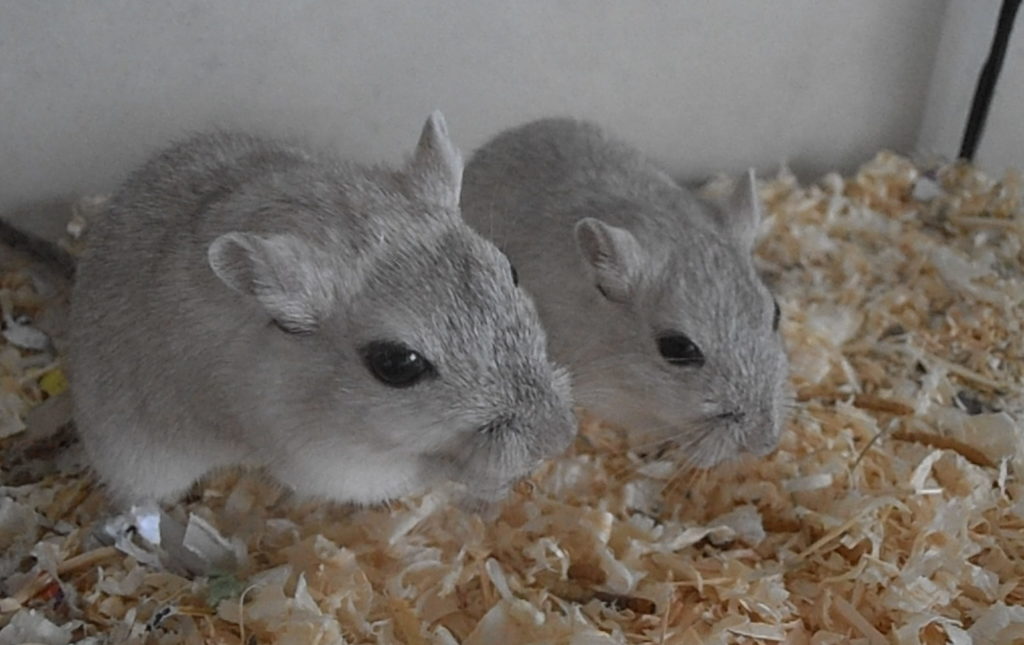
However, sometimes you can’t find the right vet for surgery or the cost is too high for whoever is paying the bills, or you feel that your gerbil is just too old or frail – so surgery isn’t the best option for every human.
Option 2: Don’t have surgery
This entails leaving the tumour to grow at whatever pace it chooses and offering palliative care to your gerbil until the time is right to have them put to sleep.
Scent gland tumours are not pleasant to have on you or to care for as a gerbil owner. They can be very large, sore and ugly as well as constantly bleeding and causing your little one to look distracted, fluffed up and, quite rightly, miserable. They can end up rubbing off all the fur on their tummies too with constant scratching…
(Scroll to end of article to see large ulcerated and bleeding scent gland tumour – or avoid the long scroll of course – I have left plenty of room to finish reading this article but avoid the image.)
When gerbils are poorly, their tanks mates will usually take great care of them, as should you, but you need to know when the time is right to say goodbye. You can’t leave this one to nature, it wouldn’t be fair.
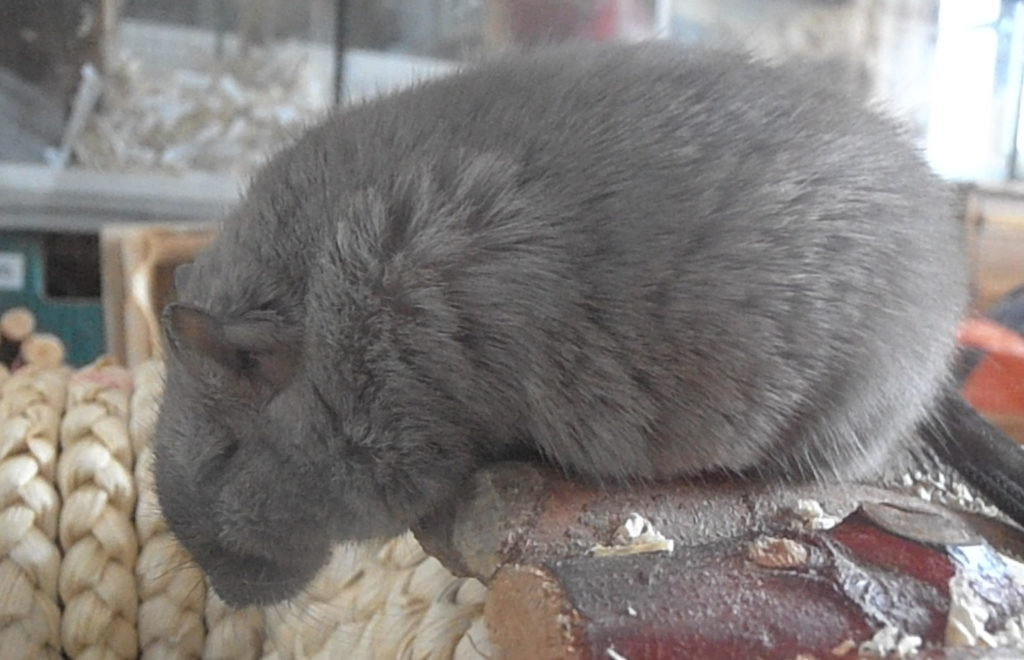
So, What Are My Choices With A Gerbil Scent Gland Tumour Now?
The best thing to do is start to read around other people’s experiences and ask questions on forums from people who have been through both options.
Listen to what they thought was good about the whole thing and what they wished they had done differently. Hindsight is a great thing.
This won’t be an easy decisions to make for you – and there will be plenty of reasons you will be toying with back and forth – so take your time. Have a good think about all the options, risks and costs and you will hopefully be able to come up with the option that YOU feel most comfortable with.
As said before, you are your gerbils closest friend and only you can decide how you want this whole thing to go. The last thing you want is to regret something so much that it plagues you for years.
As long as YOU firmly believe you are doing the right thing for your gerbil – go ahead – your decision is made and you can confidently stick with it. It may still be a sad outcome, but at least you can feel inside that it is the best sad outcome you could make it.
Scroll down a way for last image.
A little bit more.
Here it is. Poor little man:
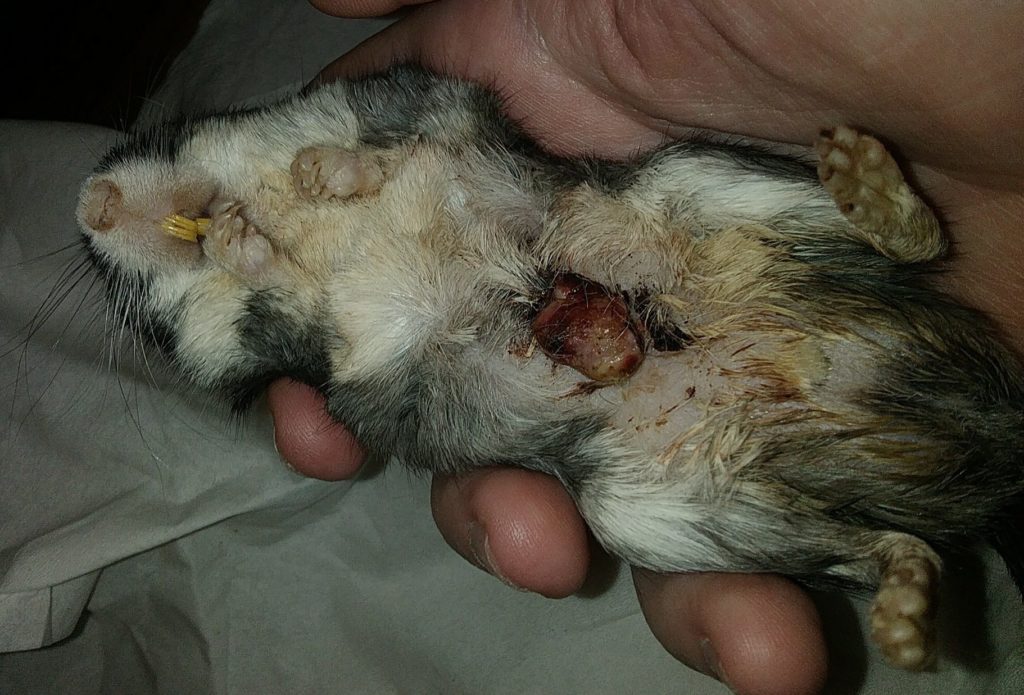
You could have tried dandelion root powder ..made into a paste and applied to the tumour daily. And i offer this advice to anyone with a gerbil and a scent gland tumour…i kept this up and its was bleeding and weeping but within 2 days it was drying out and shrinking. 4 months later , my gerbil is healthy and happy and no tumour.